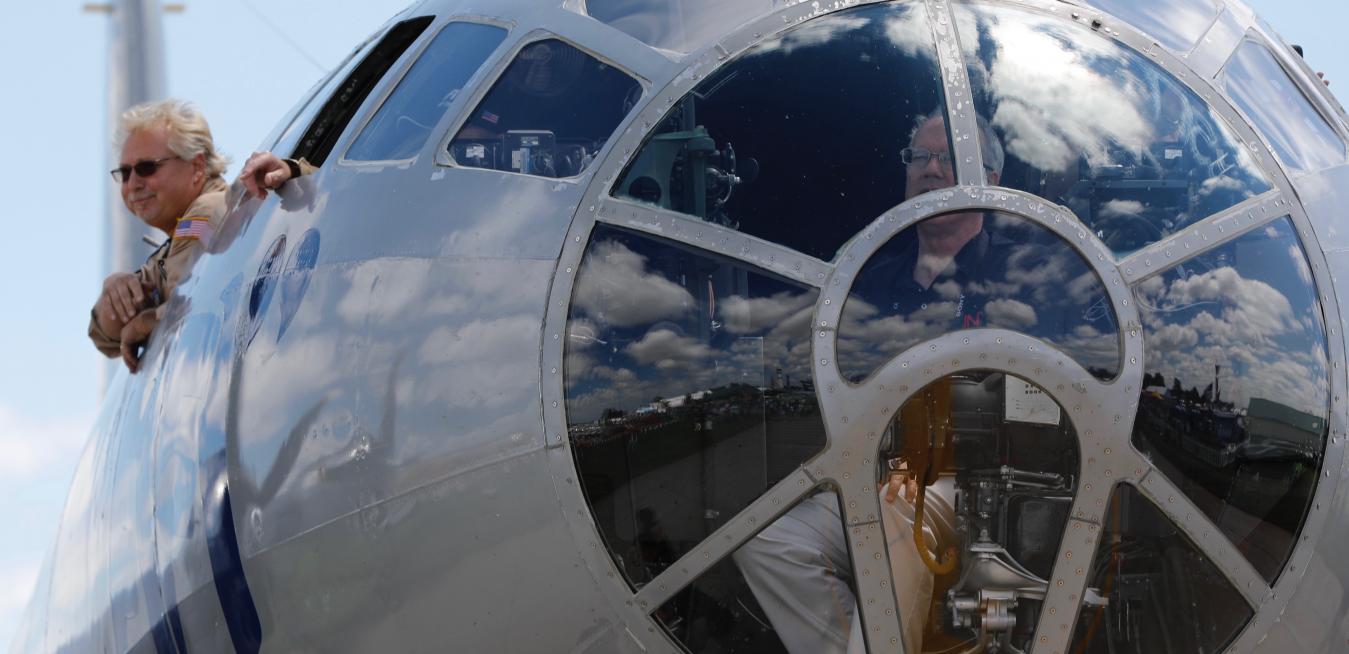Unlike any similar event, the airshow — officially called EAA AirVenture Oshkosh — features a wide gamut of planes ranging from home-built aircraft to the latest jets. The planes here also span the entire history of aviation, starting with replicas of the Wright flyers and Bleriot planes to mock-ups of aircraft that will soon enter service.
GE Aviation has been coming to Oshkosh for years, and there’s no better place see its products — past and future — up close. We walked around the show this week. Here’s what we found.
https://www.youtube.com/watch?v=2krD-_mngE0&feature=youtu.be
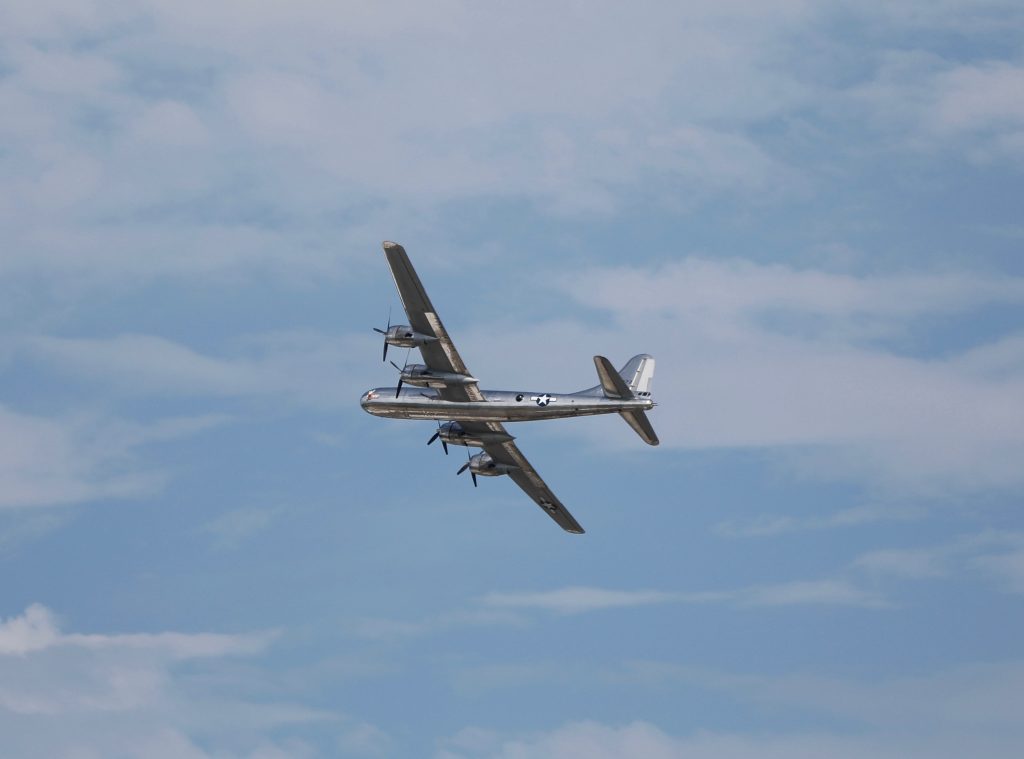 GE Aviation got its start by building turbosuperchargers for planes like these beautifully restored Boeing B-29s. Fifi (top) and Doc (above) are the last two flying B-29s in existence. They were both in Oshkosh this week. Image credit: Tomas Kellner/GE Reports.
GE Aviation got its start by building turbosuperchargers for planes like these beautifully restored Boeing B-29s. Fifi (top) and Doc (above) are the last two flying B-29s in existence. They were both in Oshkosh this week. Image credit: Tomas Kellner/GE Reports.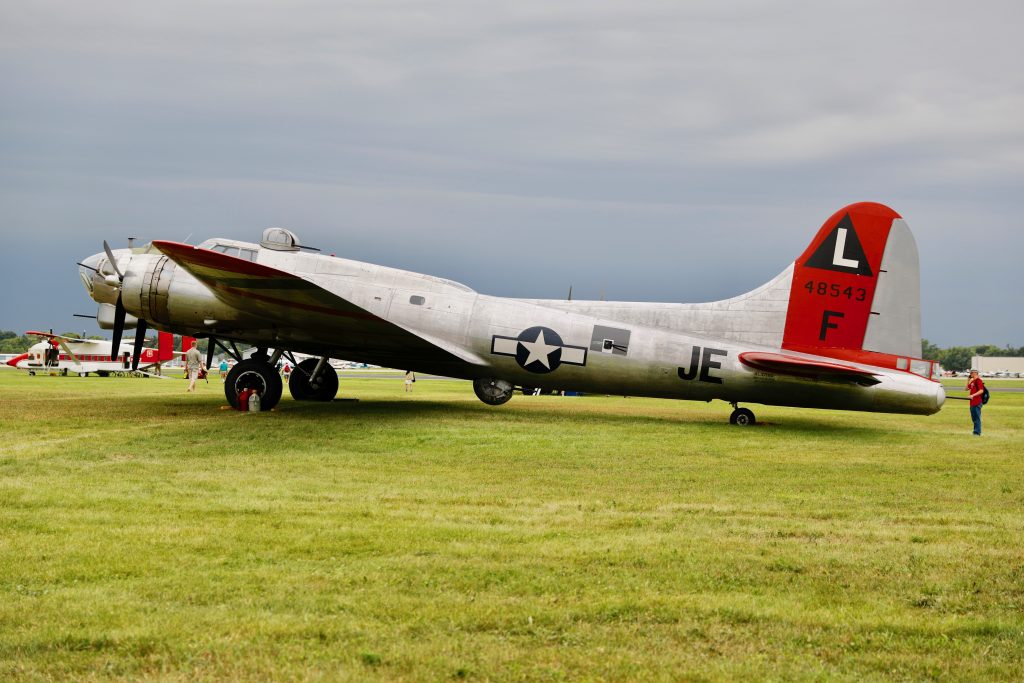 Turbosuperchargers pressurized the air entering engines and allowed planes like this Boeing B-17 to fly at high altitudes. Image credit: Tomas Kellner/GE Reports.
Turbosuperchargers pressurized the air entering engines and allowed planes like this Boeing B-17 to fly at high altitudes. Image credit: Tomas Kellner/GE Reports.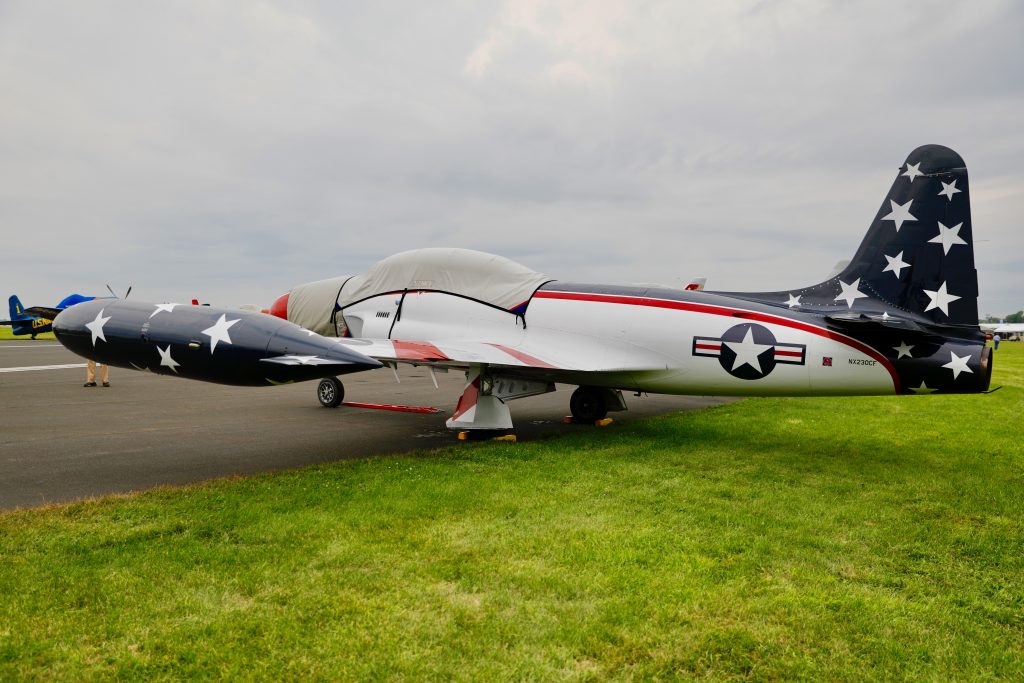 GE's experience with turbosuperchargers, which are essentially high-pressure gas turbines, allowed the company to develop the first U.S. jet engine in 1942. Called J33, it powered the first American jet, Lockheed's P-80 Shooting Star. Image credit: Tomas Kellner/GE Reports.
GE's experience with turbosuperchargers, which are essentially high-pressure gas turbines, allowed the company to develop the first U.S. jet engine in 1942. Called J33, it powered the first American jet, Lockheed's P-80 Shooting Star. Image credit: Tomas Kellner/GE Reports. Within five years, GE was mass producing engines like the J47, which powered tens of thousands of planes, including this F-86 Sabre. The J47 was the most-produced jet engine in history. GE made 36,500 of them. Image credit: Tomas Kellner/GE Reports.
Within five years, GE was mass producing engines like the J47, which powered tens of thousands of planes, including this F-86 Sabre. The J47 was the most-produced jet engine in history. GE made 36,500 of them. Image credit: Tomas Kellner/GE Reports. By the 1970s, GE was powering supersonic planes like the Rockwell's B-1B Lancer aircraft, which uses four GE's F101 engines. Image credit: Tomas Kellner/GE Reports.
By the 1970s, GE was powering supersonic planes like the Rockwell's B-1B Lancer aircraft, which uses four GE's F101 engines. Image credit: Tomas Kellner/GE Reports.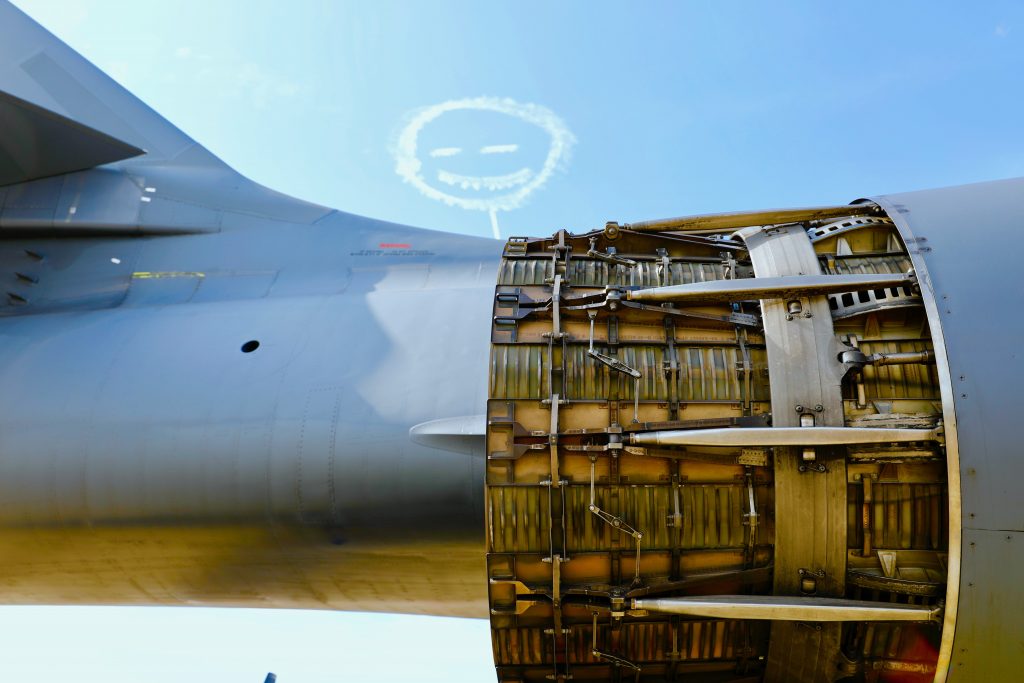 The Lancer made a rare appearance in Oshkosh this year. Image credit: Tomas Kellner/GE Reports.
The Lancer made a rare appearance in Oshkosh this year. Image credit: Tomas Kellner/GE Reports.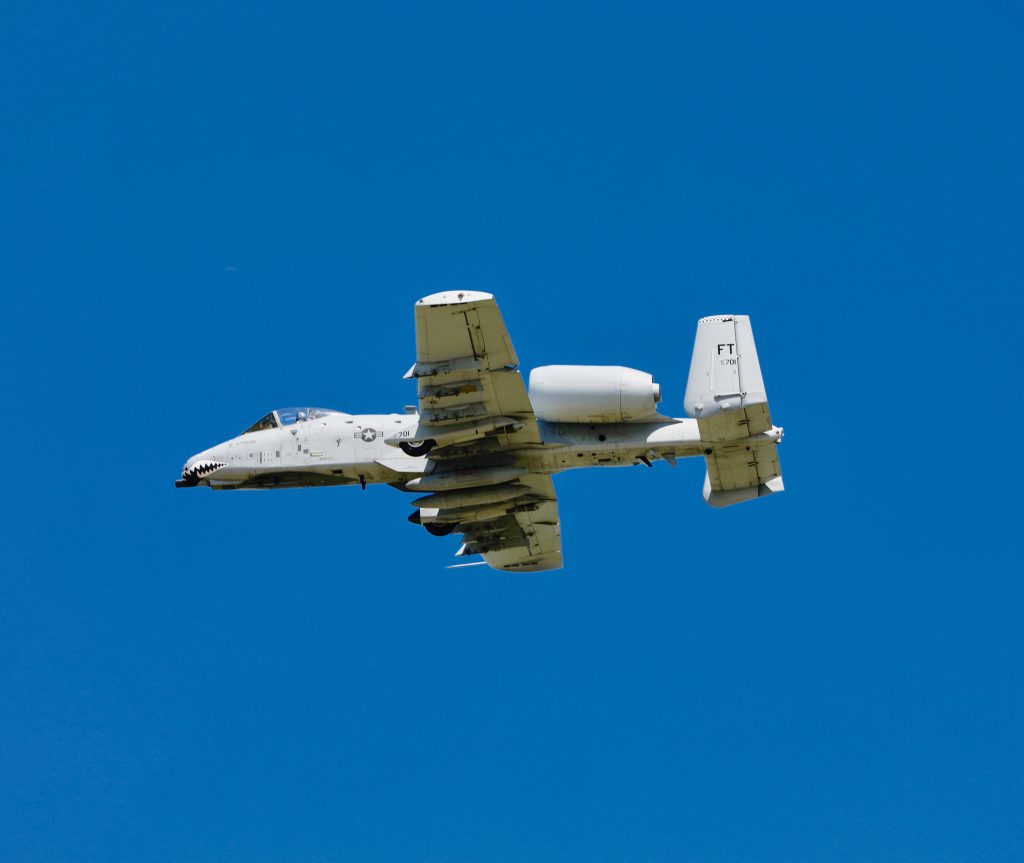 This mean-looking A-10 Warthog jet carries a pair of GE’s TF34 engines. The civilian version of the engines, CF34, powers many regional and commuter jets, including Bombardier and EMBRAER planes. Image credit: Tomas Kellner/GE Reports.
This mean-looking A-10 Warthog jet carries a pair of GE’s TF34 engines. The civilian version of the engines, CF34, powers many regional and commuter jets, including Bombardier and EMBRAER planes. Image credit: Tomas Kellner/GE Reports. Northrop's supersonic T-38 Talon trainer uses a pair of GE's J85 jet engines. Image credit: Tomas Kellner/GE Reports.
Northrop's supersonic T-38 Talon trainer uses a pair of GE's J85 jet engines. Image credit: Tomas Kellner/GE Reports.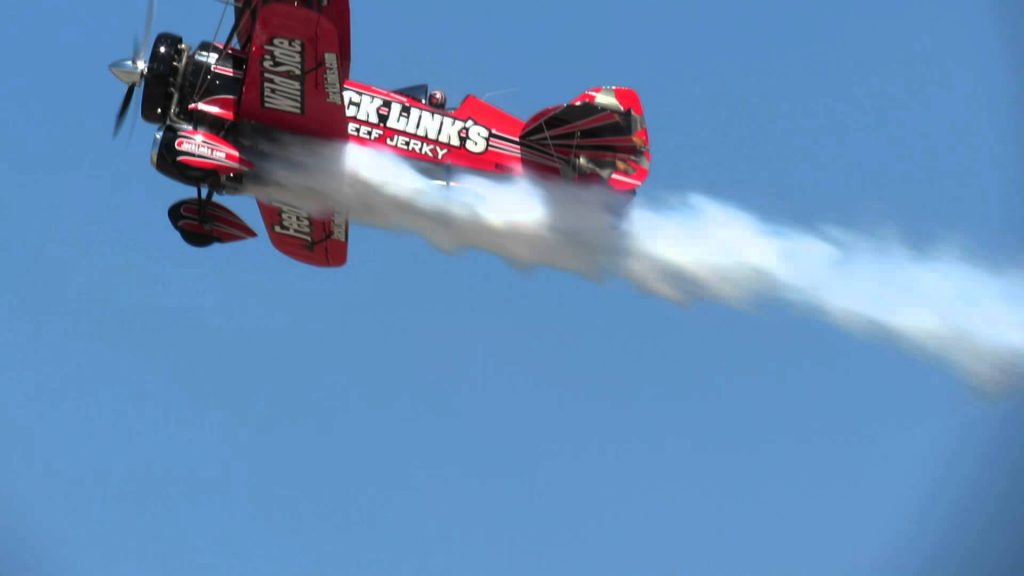 The same jet engine also gives extra oomph to The Screamin' Sasquatch, a biplane that's been turning heads this year in Oshkosh. Image credit: Nick Hurm/GE Reports.
The same jet engine also gives extra oomph to The Screamin' Sasquatch, a biplane that's been turning heads this year in Oshkosh. Image credit: Nick Hurm/GE Reports. Many passenger and cargo jets use GE high-bypass turbofan engines. This Boeing 767 arrived in Oshkosh with a pair of CF6 engines on its wings. GE Aviation is currently developing the GE9X, the world's largest jet engine, for the next-generation Boeing 777. Image credit: Tomas Kellner/GE Reports.
Many passenger and cargo jets use GE high-bypass turbofan engines. This Boeing 767 arrived in Oshkosh with a pair of CF6 engines on its wings. GE Aviation is currently developing the GE9X, the world's largest jet engine, for the next-generation Boeing 777. Image credit: Tomas Kellner/GE Reports. GE Aviation helped Honda develop the HF120 engines for the Honda Jet. Image credit: Tomas Kellner/GE Reports.
GE Aviation helped Honda develop the HF120 engines for the Honda Jet. Image credit: Tomas Kellner/GE Reports.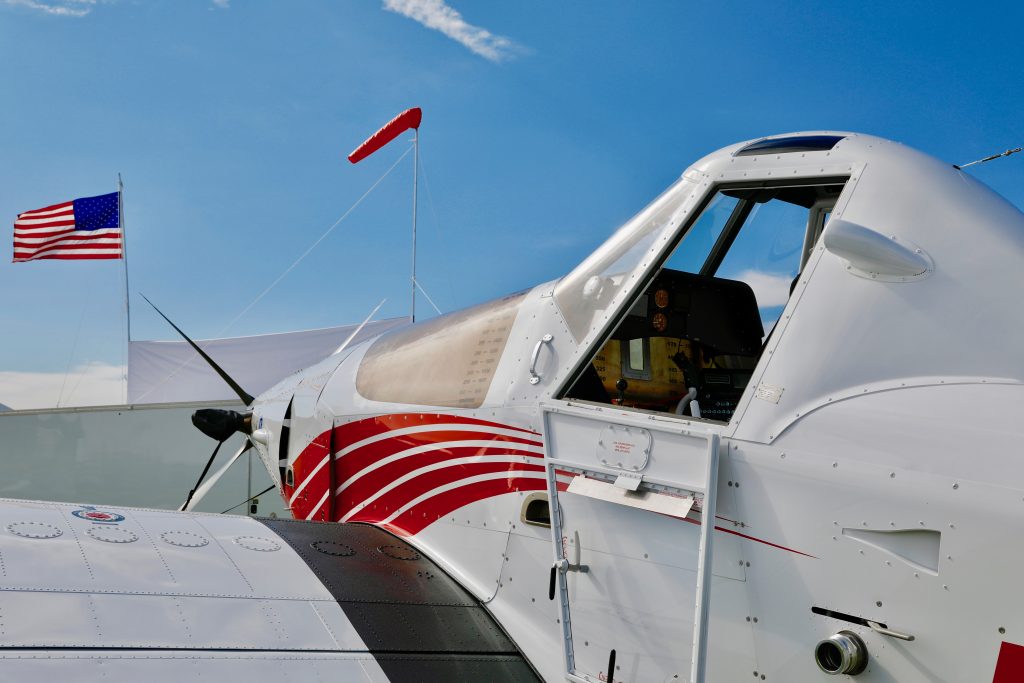 In 2008, GE acquired the Czech company Walter Engines and started expanding into the turboprop market. This Thrush agricultural airplane uses GE's H80 engine. Image credit: Tomas Kellner/GE Reports.
In 2008, GE acquired the Czech company Walter Engines and started expanding into the turboprop market. This Thrush agricultural airplane uses GE's H80 engine. Image credit: Tomas Kellner/GE Reports.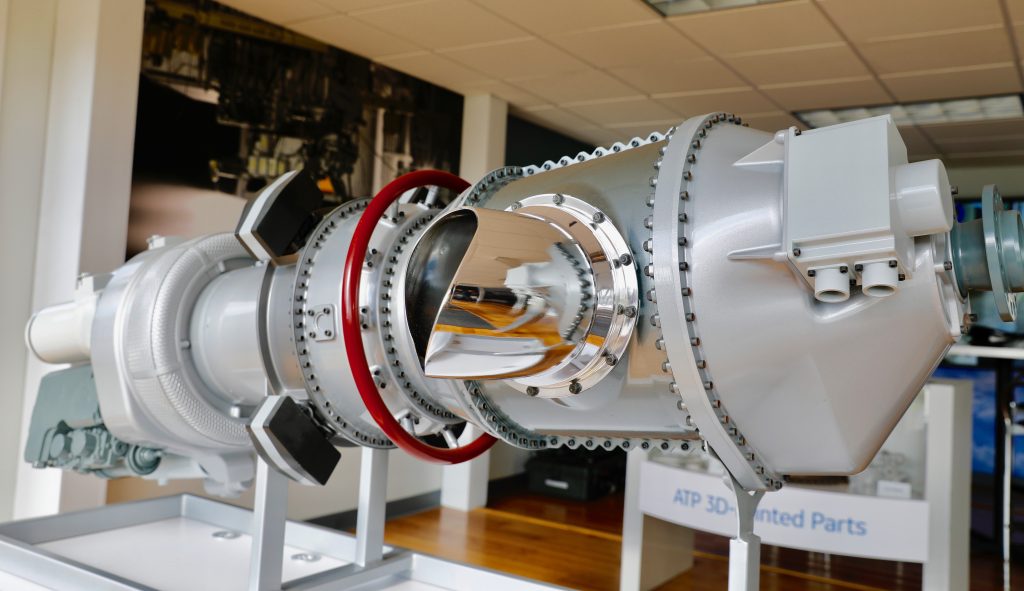 Pilots will be able to operate GE's latest Advanced Turboprop engine (ATP) like a jet. GE brought a mock-up of the engine to Oshkosh this year. Image credit: Tomas Kellner/GE Reports.
Pilots will be able to operate GE's latest Advanced Turboprop engine (ATP) like a jet. GE brought a mock-up of the engine to Oshkosh this year. Image credit: Tomas Kellner/GE Reports. More than 30 percent of the engine will be 3D printed, including this fuel heater. The engine is scheduled for testing later this year. Image credit: Tomas Kellner/GE Reports.
More than 30 percent of the engine will be 3D printed, including this fuel heater. The engine is scheduled for testing later this year. Image credit: Tomas Kellner/GE Reports.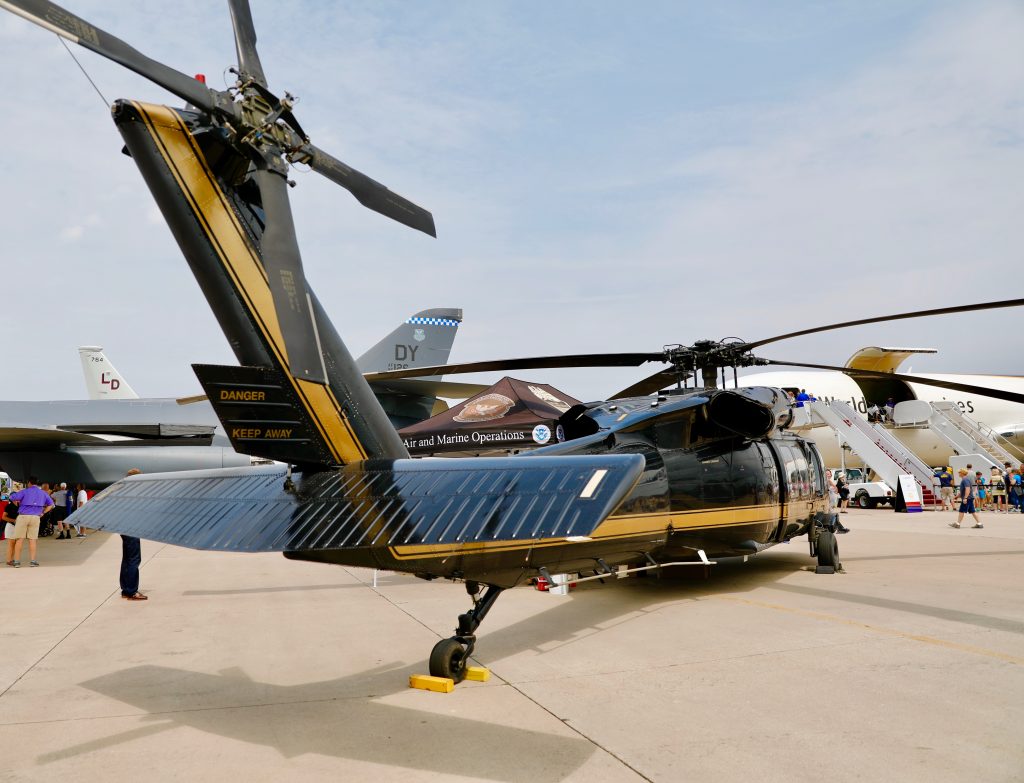 Before GE started 3D printing parts for the ATP, it tested the technology on a T700 helicopter engine. A pair of them powers this UC-60 Blackhawk owned by the U.S. Customs Service. Image credit: Tomas Kellner/GE Reports.
Before GE started 3D printing parts for the ATP, it tested the technology on a T700 helicopter engine. A pair of them powers this UC-60 Blackhawk owned by the U.S. Customs Service. Image credit: Tomas Kellner/GE Reports.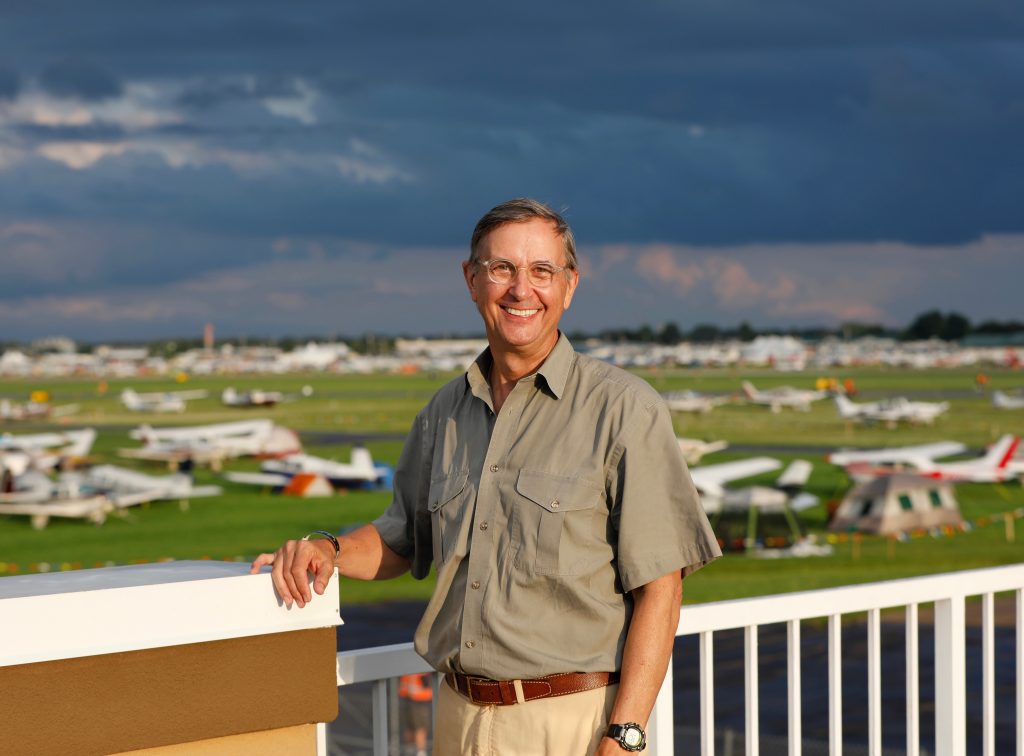 Brad Mottier runs GE Aviation's Business and General Aviation unit, which helped develop engines for the Honda Jet and is now building the ATP. Mottier, who is a pilot, has been coming to Oshkosh for four decades, including this year. Image credit: Tomas Kellner/GE Reports.
Brad Mottier runs GE Aviation's Business and General Aviation unit, which helped develop engines for the Honda Jet and is now building the ATP. Mottier, who is a pilot, has been coming to Oshkosh for four decades, including this year. Image credit: Tomas Kellner/GE Reports.